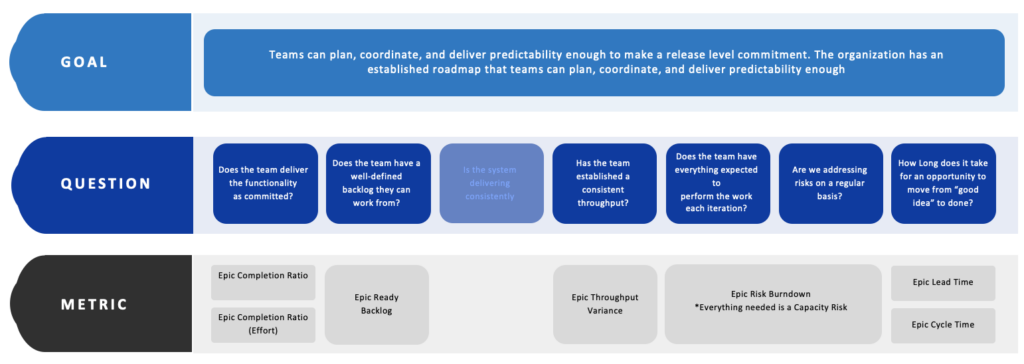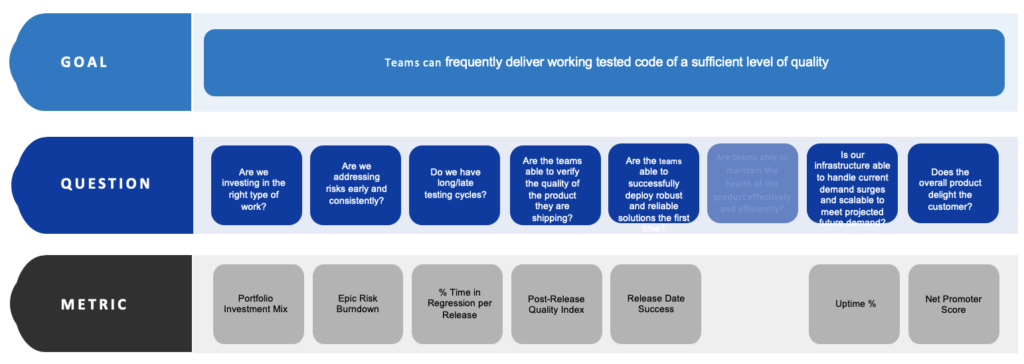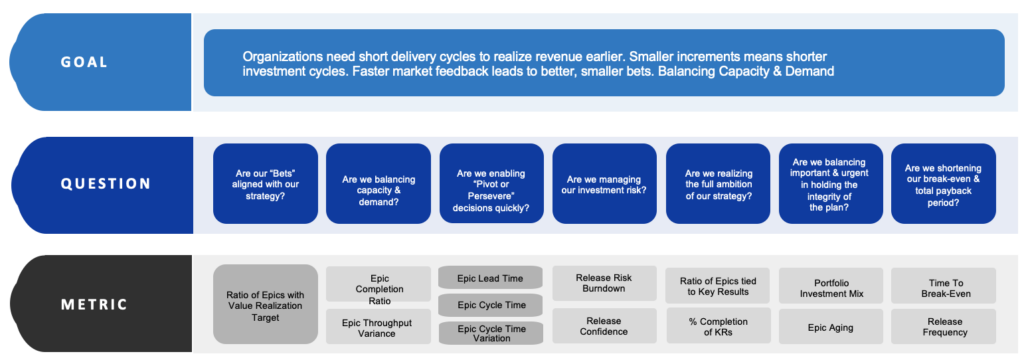The Product Category Team is a value delivery structure. They focus on becoming risk and dependency aware, balancing capacity and demand, making work visible, and ensuring predictable throughput.
Team Definition, Roles & Responsibilities
Governance Capabilities, Governance Model & Meetings
Measurement & Tooling
The Product Category Team is a cross-functional team of leaders responsible for evaluating Epics and using the vision defined in the Epic to create Feature stubs for further elaboration at the Product Line Team level. The team is accountable for adjusting the proposed Features with respect to priority, time and cost constraints, and Dependencies.
At this level, the team is responsible for prioritizing products and projects based on how/whether they help achieve larger organizational/business and strategic goals.
Click on the icons/links below to read more details on Product Category Team Roles.
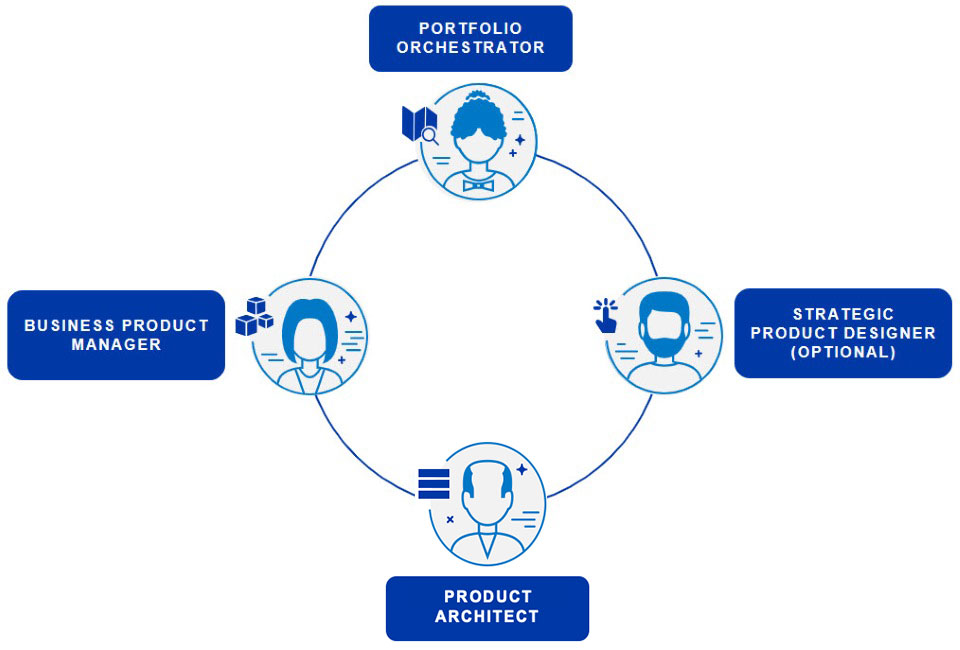
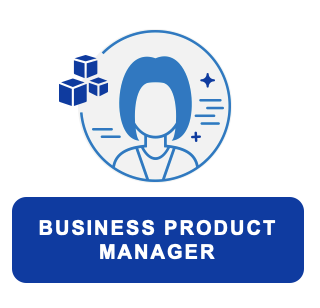
Collaborates to establish product vision and identify new customer opportunities; ensures the solutions are valuable and successful; facilitates communication and relationships between Product Owners and technology; prioritizes and manages work intake. Read More
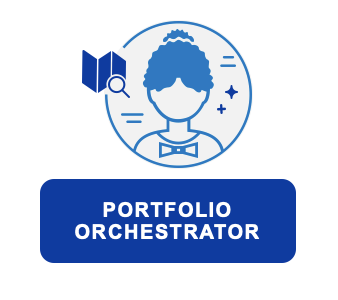
Ensures the Product Category Team has clarity of capacity and demand; provides oversight to maximize governing the flow of value; ensures Product Category decisions are in alignment with the strategy, budgets, and financial guidelines; acts as the escalation point for delivery issues or de-conflicting dependencies that affect multiple teams that need resolution by the Product Category Team. Read More
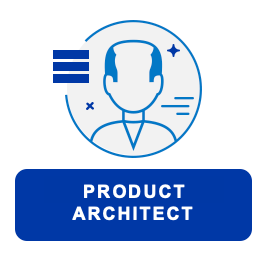
Aligns products with business capabilities to maximize value; identifies and plans capabilities that must be improved to fulfill product value propositions; makes cost-benefit trade-offs visible so that the Business Product Owner can make evidence-driven decisions; ensures products and product lines align with the organization’s business architecture. Read More
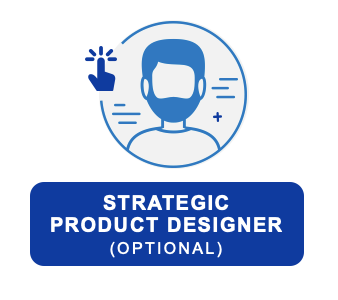
Creates the strategy to align the product vision for the user experience; ensures the solutions are usable. Read More
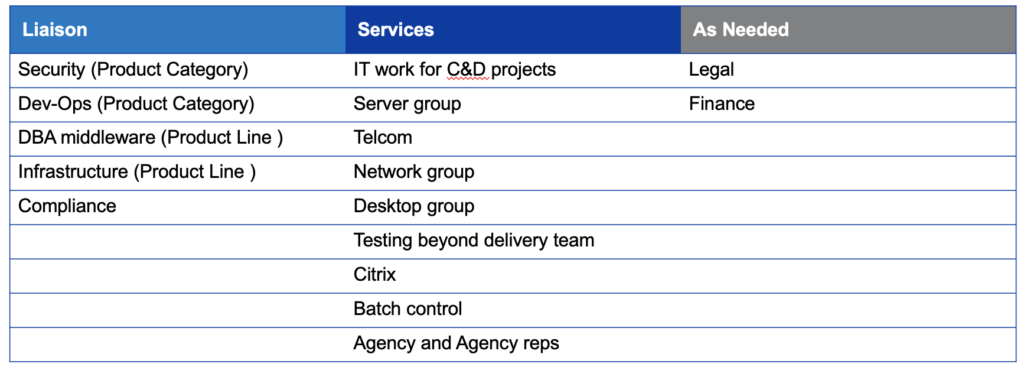
The three meetings/working sessions the Product Category Team performs are below.
4 hours monthly, ideally as 1 working session
The team discusses prospective epics and develop a shared understanding of priorities, trade-offs, options and decision-parameters for: the key intake and alignment points; prospective Initiatives/Epics Solution approaches and options; Initiatives/Epics Release Targeting timeframe.
Learn more about Intake & Demand Planning Meetings
2 hours bi-weekly (once per sprint)
The team “Walks the Kanban” discussing Initiatives / Epics (and child Features) underway and undergoing validation, ensuring a shared understanding of current progress, dependencies and outstanding risks. The team also assesses metric trends and determines if acceptable or further investigation/mitigation steps to rectify are warranted.
Learn more about Progress Review Meetings
1 hour monthly operations review
4-hour quarterly working session
The entire Product Category Team participates to review how the delivery system is working and plan improvements. The team reviews performance data and analysis, evaluates different options to address issues, decides on a course of action, and creates an action plan.
Learn more about Portfolio Retrospective Meetings
Here are the Product Category Team’s high-level goals for each capability.
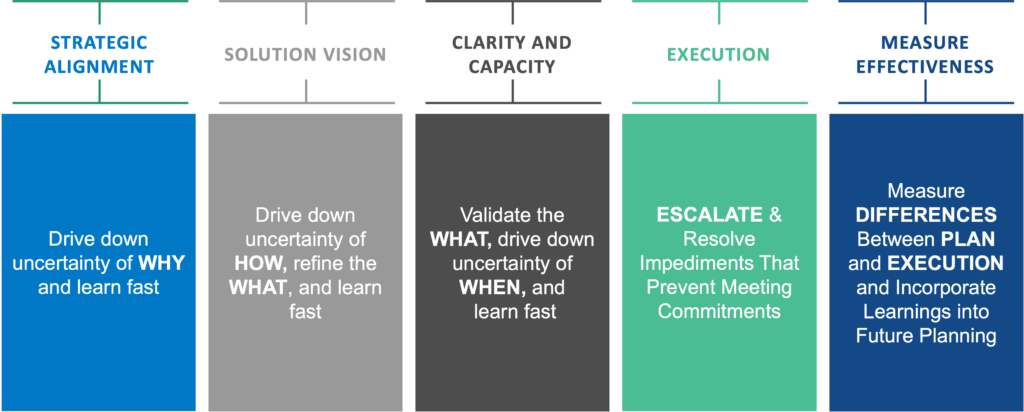

A goal to meet a specific purpose is defined for a team or system, focusing on demonstrating a meaningful outcome for the business.
A crafted set of questions define an objective model for assessing the achievement of our goals.
Based on the objective model, a set of metrics is associated with every question to answer it measurably.
